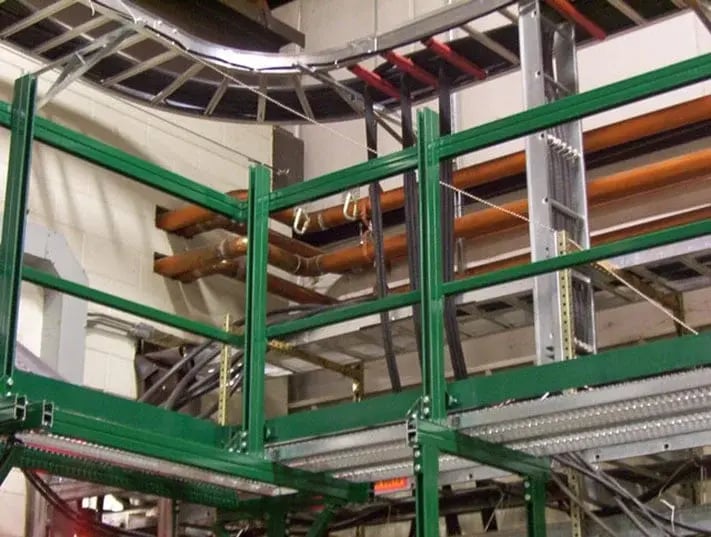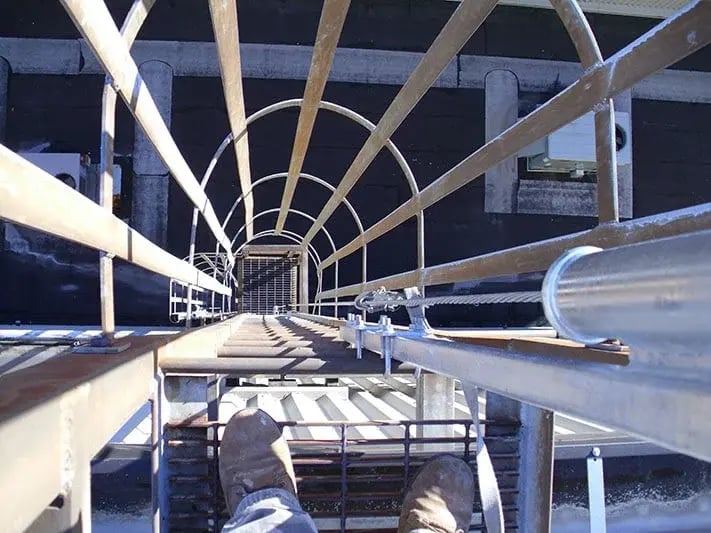Department of Transportation
Each state has a fleet of DOT (Department of Transportation) vehicles used to service and maintain streets, roads, highways, and bridges. Although these trucks are essential to ensuring public safety, their maintenance and repair can expose service personnel to significant fall hazards. Keeping mechanics safe requires a comprehensive fall prevention strategy, which includes the proper mix of fall protection equipment, personnel training, and partnering with a fall protection company that appreciates the unique nature of the potential fall hazards associated with your market segment.

Fall Protection Solutions
Design Considerations
Although each state has its own set of DOT regulations and requirements, there are basic guidelines that must be followed in order to ensure compliance. DOT truck fall protection must not alter the function or safety of any Department of Transportation vehicle. In addition, fall arrest systems must utilize low profiles to avoid inadvertent contact with bridges, trees, and other structures while the vehicle is in use. Fall protection permanently attached to DOT vehicles may take the form of horizontal lifeline systems while maintenance bays are usually protected by overhead rigid track or articulating beam systems.
Our years of experience in the DOT truck maintenance industry will help us implement a turnkey fall protection system that keeps your employees safe and your facility and vehicles in compliance with all DOT and OSHA regulations.

b-1.jpg?width=1368&height=1340&name=Rail%20(175)b-1.jpg)




.webp?width=500&height=375&name=Access%20(2).webp)

.webp?width=640&height=621&name=truck-loading-unloading-3%20(1).webp)

